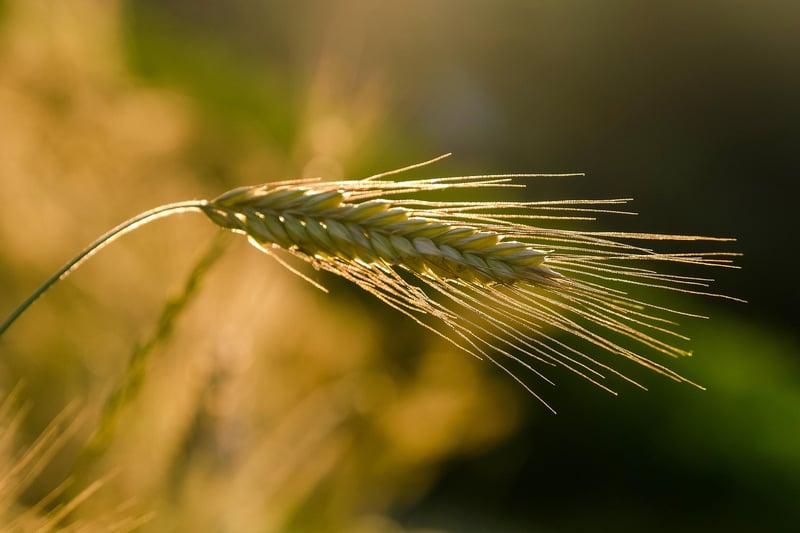Urban Agriculture
Innovative Crop Cultivation in Urban Agriculture

Urban agriculture is on the rise as more people seek sustainable and local food sources. Innovative crop cultivation techniques play a crucial role in maximizing yields and utilizing limited urban spaces efficiently.
Vertical Farming
Vertical farming involves growing crops in vertically stacked layers, often in controlled environments like warehouses or skyscrapers. This method utilizes hydroponics or aeroponics to deliver nutrients to plants without soil, enabling year-round production and higher yields compared to traditional farming.
Aquaponics
Aquaponics combines aquaculture (fish farming) with hydroponics. In this symbiotic system, fish waste provides nutrients for plants, and plants help purify the water for the fish. This closed-loop system is highly efficient and sustainable, requiring less water and no external fertilizers.
Roof-Top Gardens
Roof-top gardens utilize underutilized space in urban areas to grow a variety of crops. These gardens not only provide fresh produce but also offer insulation, reduce energy costs, and mitigate the urban heat island effect. Community roof-top gardens foster social connections and enhance the overall well-being of urban residents.
Hydroponics
Hydroponics is a soil-less cultivation method where plants grow in nutrient-rich water solutions. This technique allows for precise control over the plant's environment, leading to faster growth rates and higher yields. Hydroponic systems can be set up indoors, on rooftops, or even in shipping containers, making it a versatile option for urban agriculture.
Smart Farming Technologies
Integrating smart technologies like IoT sensors, automation, and data analytics in urban farms enables real-time monitoring of crop conditions, optimizing resource use, and increasing productivity. These technologies help farmers make informed decisions and ensure the efficient operation of urban agricultural systems.
Embracing innovative crop cultivation techniques in urban agriculture not only addresses food security and sustainability challenges but also promotes a greener and healthier urban environment. By utilizing space creatively and leveraging technology, urban farmers can contribute to a more resilient and thriving food system.
